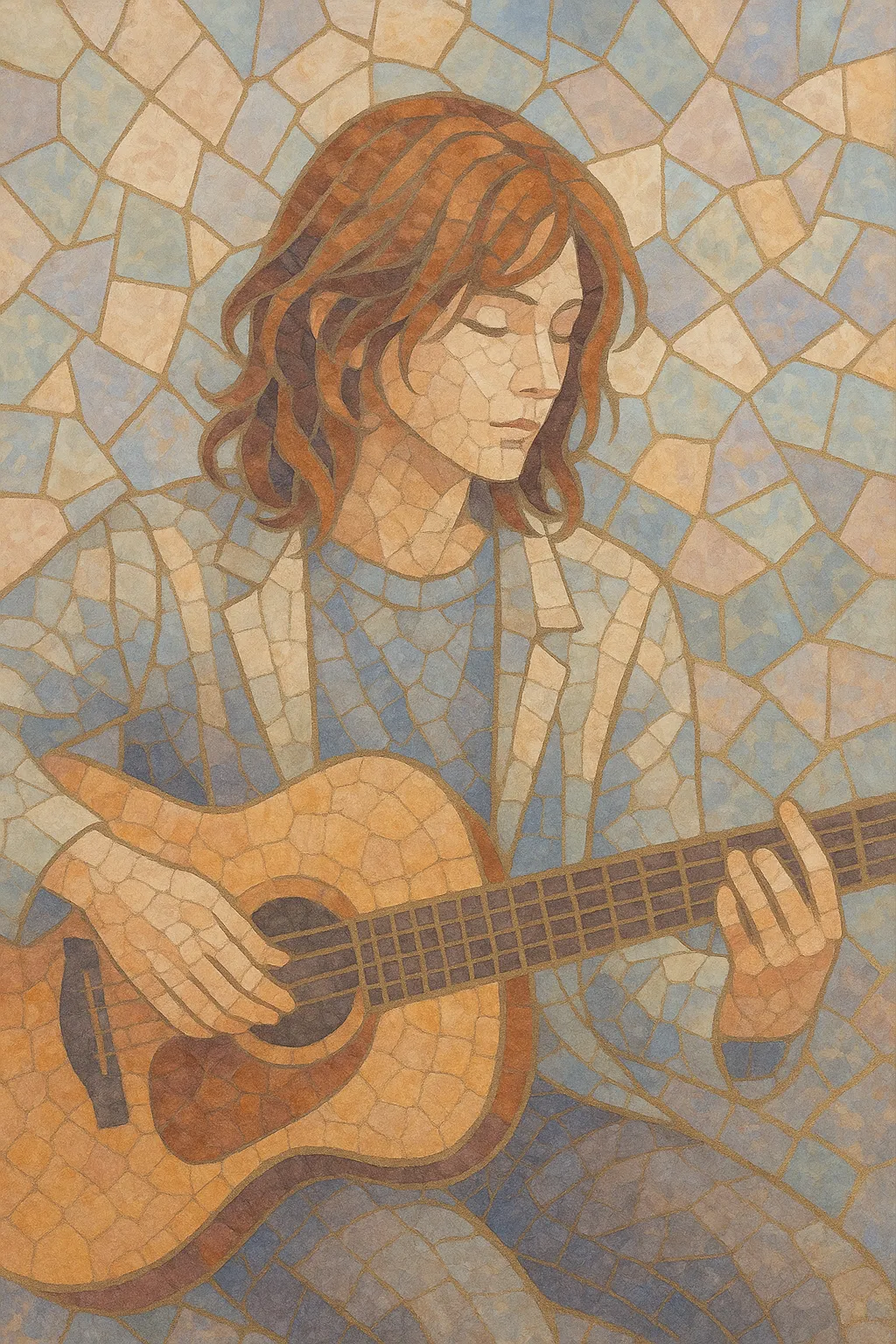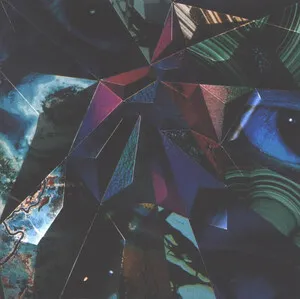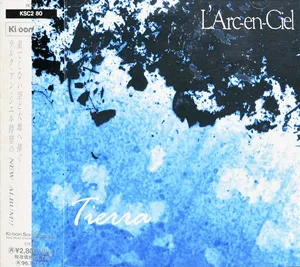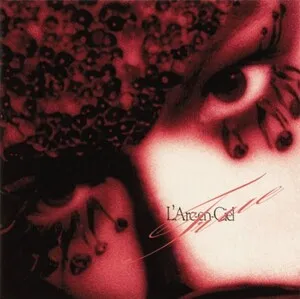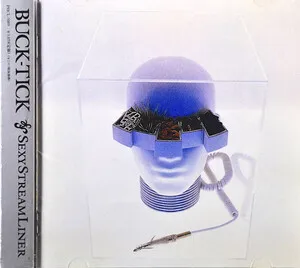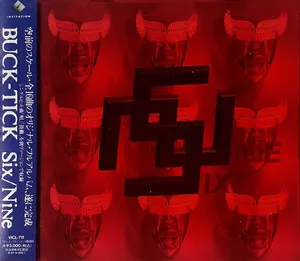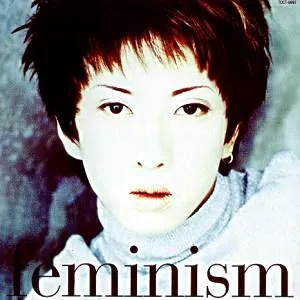Soft visual (often called “soft visual-kei”) is a melodically oriented, radio-friendly branch of Japan’s visual-kei movement. It keeps the scene’s signature fashion-forward image—makeup, styled hair, coordinated outfits—but pairs it with smoother pop-rock songwriting, sentimental lyrics, and polished production.
Musically, soft visual favors clean or lightly overdriven guitars, piano and string pads, mid‑tempo grooves, and emotive, soaring vocals. Songs often take the shape of power ballads with strong hooks and dramatic, hopeful choruses, using key changes and lush arrangements to heighten feeling. Compared to harsher visual-kei strands (like kote kei or the darker Nagoya-kei), soft visual sounds warmer, brighter, and more accessible.
Visual-kei emerged in Japan in the late 1980s, blending glam/goth aesthetics with hard rock and alternative sounds. As the movement broke into the mainstream during the mid–late 1990s, several bands emphasized melodic songwriting and ballad forms. This more approachable strain—later framed as “soft visual”—retained the fashion-conscious identity of visual-kei while smoothing the edges for radio and TV.
Major-label success by acts with pop-rock sensibilities normalized a softer sound and image. Power ballads, mid-tempo anthems, and refined production became hallmarks, with frequent TV drama and anime tie-ins. Parallel micro-scenes (like oshare-kei) further brightened palettes and themes, reinforcing a gentler, more upbeat visual-kei presence.
Streaming and social media consolidated “soft visual” as a mood-driven tag for the pop-leaning side of visual-kei catalogs. Cross-pollination with J-pop, anime theme songs, and “alternative idol” scenes expanded its reach. While heavier visual-kei continues in parallel, soft visual remains a gateway for broader audiences drawn to emotive vocals, melodic hooks, and elegant aesthetics.

